Comparison of Polishing Effects of Different Polishing Systems on Highly-Translucent Monolithic Y-TZP Ceramics
DOI: 10.23977/jmpd.2023.070404 | Downloads: 38 | Views: 1340
Author(s)
Zhenyu Tang 1,2, Xinyi Zhao 3
Affiliation(s)
1 Department of Stomatology, Liuzhou Traditional Chinese Medical Hospital, Liuzhou, China
2 Department of Stomatology, Liuzhou General Hospital, Liuzhou, China
3 School of Stomatology, The Fourth Military Medical University, Xian, China
Corresponding Author
Zhenyu TangABSTRACT
To evaluate the polishing effect of different polishing systems on different brands of highly-Translucent Monolithic Y-TZP Ceramics. Four brands highly-translucent zirconia ceramic were selected to make specimens with the size of 15mm x 10mm x 5mm, and the surface was roughened and ground by simulating the clinical procedure, followed by polishing with one of the four polishing systems respectively. Then the surface roughness of each specimen was determined using non-contact laser scanning profilometer. Finally, the surface microstructure was observed using SEM and the crystal phase transformations in the surface were assessed using XRD and XPS. EVE polishing system was more effective than the other systems, and the diamond abrasive particle size in its fine polishing bur is the smallest and evenly distributed. The XRD results showed that surface roughening and the following polishing processes did not lead to obvious phase transformation of surface tetragonal zirconia. XPS spectrogram shows that, the following processes have a certain effect on the structure performance of zirconia.
KEYWORDS
Highly-Translucent Monolithic Y-TZP Ceramics; Surface roughening; Polishing; Microstructure; EffectCITE THIS PAPER
Zhenyu Tang, Xinyi Zhao, Comparison of Polishing Effects of Different Polishing Systems on Highly-Translucent Monolithic Y-TZP Ceramics. Journal of Materials, Processing and Design (2023) Vol. 7: 31-41. DOI: http://dx.doi.org/10.23977/jmpd.2023.070404.
REFERENCES
[1] Habib SR. Digital microscopic evaluation of vertical marginal discrepancies of CAD/CAM fabricated zirconia cores. Biomed Tech (Berl). 2019, 24; 64(2):207-214
[2] Soo SY, Silikas N, Satterthwaite J. Measurement of Fracture Strength of Zirconia Dental Implant Abutments with Internal and External Connections Using Acoustic Emission. Materials. 2019; 12(12):2009
[3] Longhini D, Rocha C, de Oliveira LT, et al. Mechanical Behavior of Ceramic Monolithic Systems with Different Thicknesses. Oper Dent. 2019; 44(5):E244-E253
[4] Zhang X, Pei X, Pei XB, et al. Success and Complication Rates of Root-Filled Teeth Restored with Zirconia Posts: A Critical Review. Int J Prosthodont. 2019; 32(5):411-419
[5] Camposilvan E, Leone R, Gremillard L, et al. Aging resistance, mechanical properties and translucency of different yttria-stabilized zirconia ceramics for monolithic dental crown applications. Dent Mater. 2018; 34(6):879-890.
[6] Hjerppe J, Närhi TO, Vallittu PK, et al. Surface roughness and the flexural and bend strength of zirconia after different surface treatments. J Prosthet Dent. 2016; 116(4):577-583.
[7] Happe A, Röling N, Schäfer A, Rothamel D. Effects of different polishing protocols on the surface roughness of Y-TZP surfaces used for custom-made implant abutments: a controlled morphologic SEM and profilometric pilot study. J Prosthet Dent 2015; 113:440-447.
[8] Abu-Obaid A, AlMawash A, Alyabis N,et al. An in vitro evaluation of the effect of polishing on the stainability of different CAD/CAM ceramic materials. Saudi Dent J. 2020; 32(3):135-141.
[9] Yin R, Lee MH, Bae TS, et al. Effect of finishing condition on fracture strength of monolithic zirconia crowns. Dent Mater J. 2019; 38(2):203-210
[10] Camposilvan E, Leone R, Gremillard L, et al. Aging resistance, mechanical properties and translucency of different yttria-stabilized zirconia ceramics for monolithic dental crown applications. Dent Mater. 2018; 34(6):879-890.
[11] Pereira GKR, Venturini AB, Silvestri T, et al. Low-temperature degradation of Y-TZP ceramics: A systematic review and meta-analysis. J Mech Behav Biomed Mater. 2015; 55:151-163.
[12] Zhuang Y, Zhu Z, Jiao T, et al. Effect of Aging Time and Thickness on Low-Temperature Degradation of Dental Zirconia. J Prosthodont. 2019; 28(1):e404-e410.
[13] Zhang M, Zhang Z, Ding N, et al. Effect of airborne-particle abrasion of presintered zirconia on surface roughness and bacterial adhesion. J Prosthet Dent. 2015; 113(5):448-452
[14] Okutan Y, Yucel MT. Effect of surface treatments and aging on phase transformation and flexural strength of different Y-TZP ceramics.2019; 16(4):1425-1440
[15] Chun EP, Anami LC, Bonfante EA, et al. Microstructural analysis and reliability of monolithic zirconia after simulated adjustment protocols. Dent Mater. 2017; 33(8):934-943.
[16] Yahyazadehfar N, Azimi Zavaree M, Shayegh SS, et al. Effect of different surface treatments on surface roughness, phase transformation, and biaxial flexural strength of dental zirconia. J Dent Res Dent Clin Dent Prospects. 2021; 15(3):210-218.
[17] Janyavula S, Lawson N, Cakir D, et al. The wear of polished and glazed zirconia against enamel. J Prosthet Dent2013; 109(1):22-29.
[18] Aljomard YRM, Altunok EÇ, Kara HB. Enamel wear against monolithic zirconia restorations: A meta-analysis and systematic review of in vitro studies. J Esthet Restor Dent. 2022; 34(3):473-489.
[19] Al Hamad KQ, Abu Al-Addous AM, Al-Wahadni AM, et al. Surface Roughness of Monolithic and Layered Zirconia Restorations at Different Stages of Finishing and Polishing: An In Vitro Study. J Prosthodont. 2019; 28(7):818-825.
[20] Mehzabeen KR, Boughton P, Kan WH, et al. Two-body wear test of enamel against laboratory polished and clinically adjusted zirconia. J Mech Behav Biomed Mater. 2020; 108:103760.
[21] Ozturk I, Caglar I, Duymus ZY. The effect of adjustment and finishing procedure on roughness, strength, and phase transformation of monolithic zirconia. Clin Oral Investig. 2022; 26(7):4761-4768
[22] Go H, Park H, Lee J, et al. Effect of various polishing burs on surface roughness and bacterial adhesion in pediatric zirconia crowns. Dent Mater J. 2019; 38(2):311-316.
[23] Estagan D, Dussetschleger F, Agosta C, et al. Scanning electron microscope evaluation of CEREC II and CEREC III inlays. Gen Dent. 2003; 51(5):450-454
[24] Al-Haj Husain N, Camilleri J, Özcan M. Effect of polishing instruments and polishing regimens on surface topography and phase transformation of monolithic zirconia: An evaluation with XPS and XRD analysis. Journal of the Mechanical Behavior of Biomedical Materials, 2016, 64(2016):104-112
[25] Rani V, Mittal S, Sukhija U. An In vitro Evaluation to Compare the Surface Roughness of Glazed, Reglazed and Chair Side Polished Surfaces of Dental Porcelain. Contemp Clin Dent. 2021; 12(2):164-168
[26] Willems G, Lambrechts P, Braem M, et al. The surface roughness of enamel-to-enamel contact areas compared with the intrinsic roughness of dental resin composites. J Dent Res. 1991; 70(9):1299-1305.
[27] Pfefferle R, Lümkemann N, Wiedenmann F, Stawarczyk B. Different polishing methods for zirconia: impact on surface, optical, and mechanical properties. Clin Oral Investig. 2020 Jan; 24(1):395-403.
| Downloads: | 4090 |
|---|---|
| Visits: | 253621 |
Sponsors, Associates, and Links
-
Forging and Forming

-
Composites and Nano Engineering
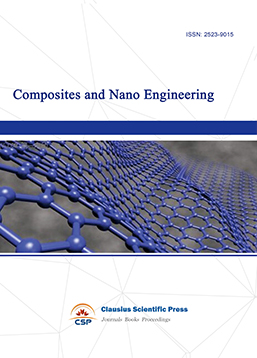
-
Metallic foams
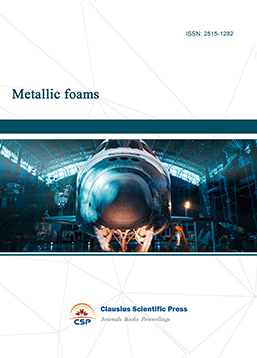
-
Smart Structures, Materials and Systems

-
Chemistry and Physics of Polymers
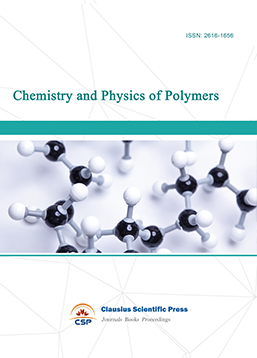
-
Analytical Chemistry: A Journal
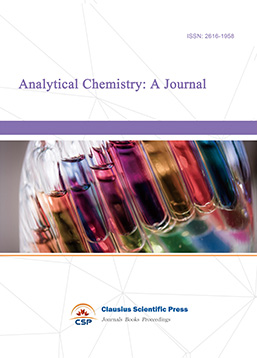
-
Modern Physical Chemistry Research

-
Inorganic Chemistry: A Journal

-
Organic Chemistry: A Journal
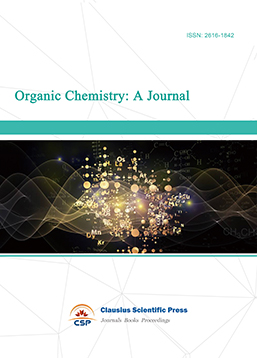
-
Progress in Materials Chemistry and Physics

-
Transactions on Industrial Catalysis
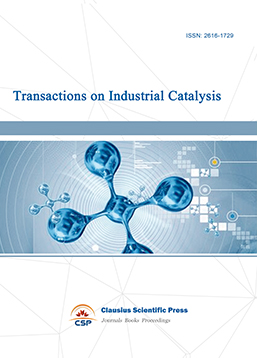
-
Fuels and Combustion

-
Casting, Welding and Solidification
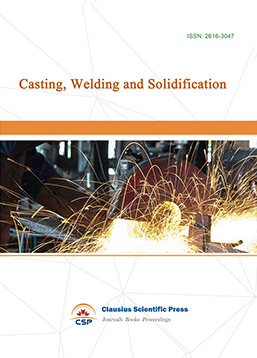
-
Journal of Membrane Technology
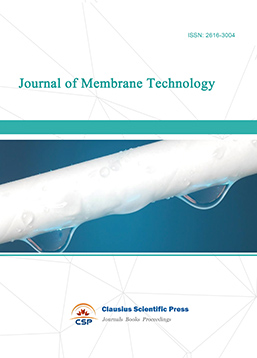
-
Journal of Heat Treatment and Surface Engineering
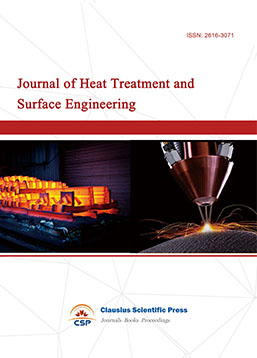
-
Trends in Biochemical Engineering

-
Ceramic and Glass Technology

-
Transactions on Metals and Alloys
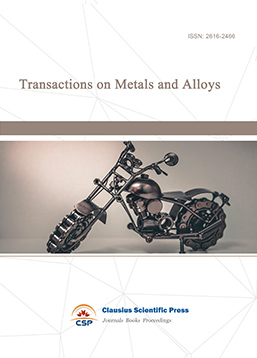
-
High Performance Structures and Materials
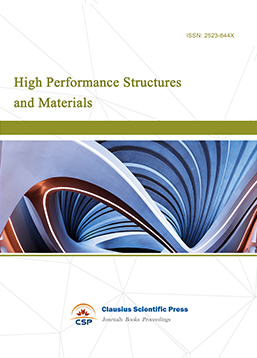
-
Rheology Letters

-
Plasticity Frontiers

-
Corrosion and Wear of Materials

-
Fluids, Heat and Mass Transfer

-
International Journal of Geochemistry
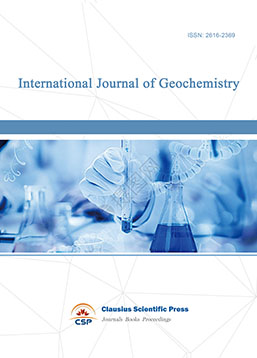
-
Diamond and Carbon Materials
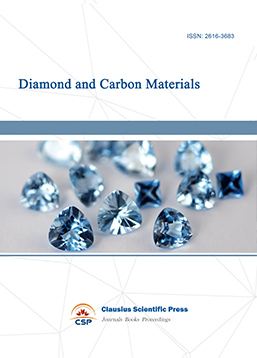
-
Advances in Magnetism and Magnetic Materials
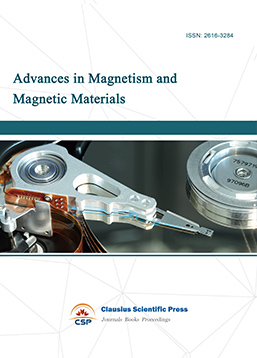
-
Advances in Fuel Cell

-
Journal of Biomaterials and Biomechanics
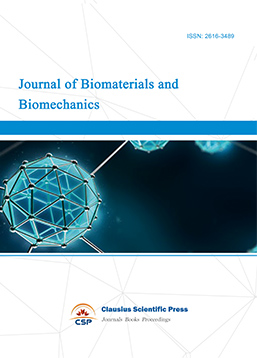

 Download as PDF
Download as PDF